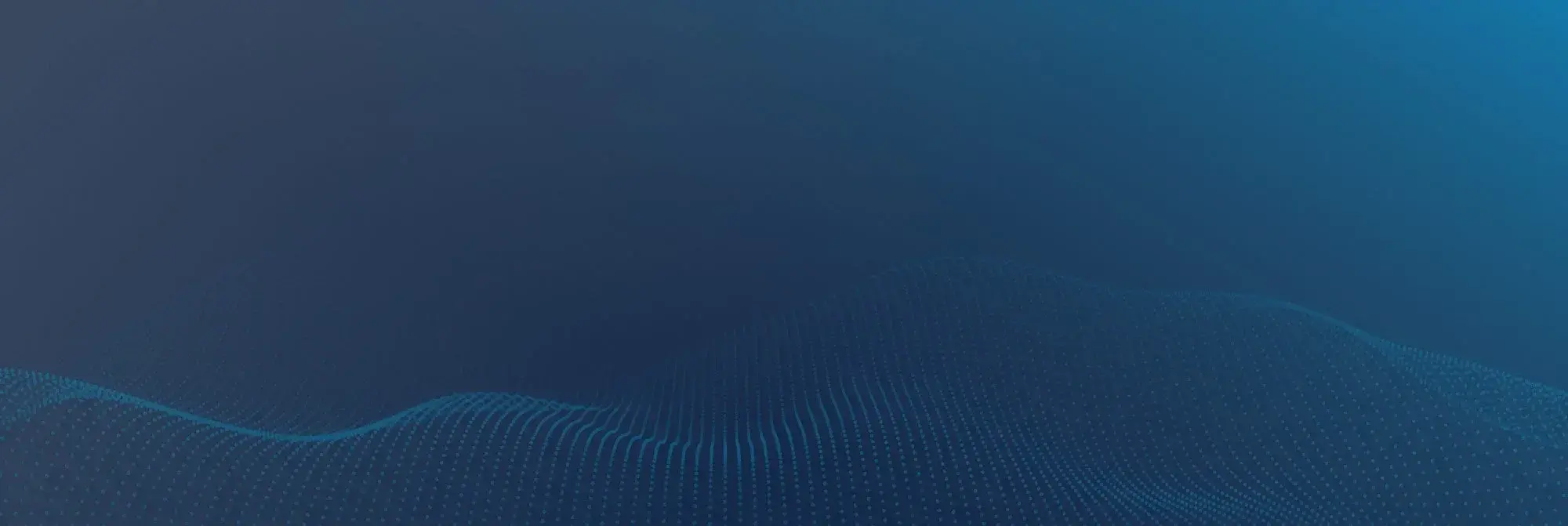How Your Enterprise Can Build a Resilient Cybersecurity Framework
Date: 13 August 2025
With data thefts, ransomware, and cyber-skirmishes becoming more common than ever, companies can no longer treat cybersecurity as an afterthought. It is not even the concern of the IT department anymore—it is a concern of everybody and everybody including the top down to the latest intern.
Creating a resilient cybersecurity culture is not a case of going out there and acquiring the flashiest tools or just working through the checklist. It is a matter of creating a living, breathing culture with endurance against expected as well as unexpected events. But how does one go about doing it?
Let's go step by step, layer by layer.
Understanding What Exactly Resilience in Cybersecurity Entails
Before diving into firewalls and zero-trust models, let’s get something straight. Enterprise cybersecurity resilience is not a promise you will never be compromised. It is a promise that when something does go wrong—and sooner or later it will—you will be able to quickly bounce back, contain damage, learn, and move on. Think of it as building shock absorbers into your digital infrastructure.
It is not just a question of remaining upright when the hurricane hits, but recovering in better condition. So, mature cybersecurity is not utopia. It’s preparation, it’s detection, it’s response, it’s evolution.
Start By Knowing What You’re Protecting
One of the biggest mistakes of big institutions is trying to lock everything up with similar strength. All your data is not of similar significance, nor are all your systems mission-critical. That’s why preliminary work in building a sound foundation is understanding your digital ecosystem. That encompasses keeping a detailed inventory of your assets—your data, devices, apps, your users, your servers, your cloud offerings, the whole lot.
This is not a spreadsheet checklist, though. You need context. How valuable is this asset? Who is relying on it? What would happen if it was compromised? Creating your digital world this way enables you to prioritise your efforts and make improved security decisions.
Design Security from the Inside Out
Far too many companies make the mistake of trying to tackle security once systems go into production. That just won't work anymore. Security systems designed with resilience in them have security hard-wired throughout them. It starts with how your systems are developed, your apps designed, and your teams work.
This is where the idea of “security by design” and “DevSecOps” enters the picture. It implies baking security in infrastructure at the ground level. Secure code is coded by developers, deployed with security in mind in IT and security specialists no longer only guard the gates but work collaboratively with all teams towards more secure systems.
Step Beyond Perimeters with Zero Trust
Gone are the days when you could draw a neat little line around your network and trust everything inside it. With work-from-anywhere, cloud, and mobility, the perimeter is a fleeting memory. That is why zero-trust is one of the cornerstones of resilient security.
Zero trust is simply code for never assuming anything is safer—in your network or out of it. All devices, individuals, and applications have to verify who they are, prove they're allowed in, and only receive permissions they absolutely need. Consider airport security, but it's really wiser and less in-your-face.
Zero trust is a heavy lift at first, but in the long term, it builds a hardened, segmented environment in which threats have fewer hiding-holes and less room to manoeuvre.
Make Humans Your First Line of Defence
You can have state-of-the-art tools, no matter what they cost, but if your workers are gullible targets of phishing messages or "123456" is your password of choice, your defences will be in vain. That is why a sound cybersecurity strategy is ALWAYS human-centric — because most of these breaches begin with human error.
Cybersecurity training is not just a tick-box once a year affair. It needs to be frequent, engaging, and experiential. Staff have to be trained in recognising suspicious activity, educated in the implications of reckless behaviour, and encouraged to report mistakes. Culture is everything. When security is just another everyday work thing—not just some intractable policy stuff—the whole team becomes stronger together.
Test, Break, and Continuously Improve
Cybersecurity is not static. It's a moving target. There are new threats every day, and yesterday's solutions can be tomorrow's exploit. That's why it's necessary to test your framework on a regular basis.
Penetration testing, red teams, cyber tabletop exercises—these aren’t buzzwords. These assist in unmasking blind spots, subjecting your defences to hostile pressure testing, and educating everyone on how they need to act when it’s not a drill. And when you do happen upon a weakness, fix it, learn from it, and make it a better system. Treat your cybersecurity as a muscle. It gets stronger as you use it.
Conclusion
Cybersecurity isn’t just a technical problem—it’s a business imperative. And creating a resilient approach to cybersecurity is not about box-checking or terminology-chasing. It is understanding what matters, preparing for the worse, responding with clarity, and continuous learning. Organisations who get this right will not only survive in this threat-rich world. They will thrive—because security, trust, and resilience are the pillars of contemporary business. And in an unpredictable digital world, your adaptability can be your greatest competitive edge.
.webp?width=650&name=Resilient_Cybersecurity_Framework_cropped%20(1).webp)







